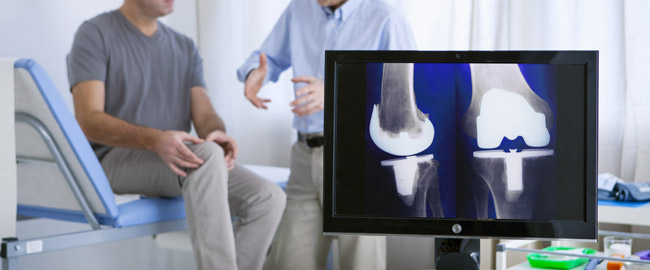There are a number of non-surgical, or conservative, treatment options for osteoarthritis and other forms of arthritis. Typically, non-surgical options start with gentle exercise and physical therapy. As arthritis becomes more painful and limiting, the non-surgical treatment options become more involved.
Surgery, including joint replacement, is generally only recommended after all other conservative treatment options fail to provide relief. Always talk to your primary care physician or to your orthopedic surgeon before starting any treatment plan. Your doctors will help you develop a plan that will best fit your specific condition.

